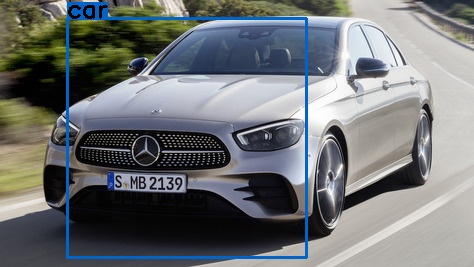Cascade Classifier of OpenCV includes two major stages: training and detection. It is a good method for face detection, eye detection, face expression and fatigue recognition, etc. But here I wanna use it for vehicle detection and see how it works.
- Python 3.6
- OpenCV 3.4.10
- Ubuntu 16.04
we need to install OpenCV(3.x) manually on PC, then we will get the tools for cascade classifier in "../opencv-3.x/build/bin":
For training we need two types of samples: negative and positive. Negative samples correspond to non-object images. Positive samples correspond to images with detected objects. Samples should meet follow conditions:
- as many as possible
- negative samples should be at least 3 times (better 5 times) more than positive samples
All samples should be converted to grayscale. Size of positive samples should be normalized to 24x24 or else..., but not too large. There is no need to normalize the size of negative samples, but they must be larger than positive samples' size.
- normalization.py is a tool for normalization.
python normalization.py- save all normalized positive samples in directory /pos
- save all normalized negative samples in directory /neg
- Create pos.txt
ls -rt pos > pos.txt # contains positive samples' namethen, change all names into the same format: pos/12345.jpg 1 0 0 24 24
- Create neg.txt
ls -rt neg > neg.txt # contains negative samples' namethen, change all names into the same format: neg/12345.jpg
opencv_createsamples -info pos.txt -vec pos.vec -bg neg.txt -num 1500 -w 24 -h 24opencv_traincascade -data xml -vec pos.vec -bg neg.txt -numPos 1000 -numNeg 5000 -numStages 20
-featureType HAAR -w 24 -h 24 -minHitRate 0.995 -maxFalseAlarmRate 0.5 -mode ALL-
-numPos: Number of positive samples used in training for every classifier stage, must less than the total number of positive samples.
-
-numNeg: Number of negative samples used in training for every classifier stage, could larger than the total number of negative samples.
After training we get the XML cascade classifier: cascade.xml.
Run main.py to test cascade classifier in detection.py.
python main.py- Cascade classifier works really fast, it can be used in situations where we have low computational power and we do not want to compromise on the speed.
- However, it works not so well in complex situations like vehicles detection in heavy streets, because the accuracy is not so good. Of course, the accuracy depends on the training data, if we have a very large set of training data with high quality, the accuracy would be much better.
- For better accuracy we could use deep learning algorithms instead, such as YOLO.
